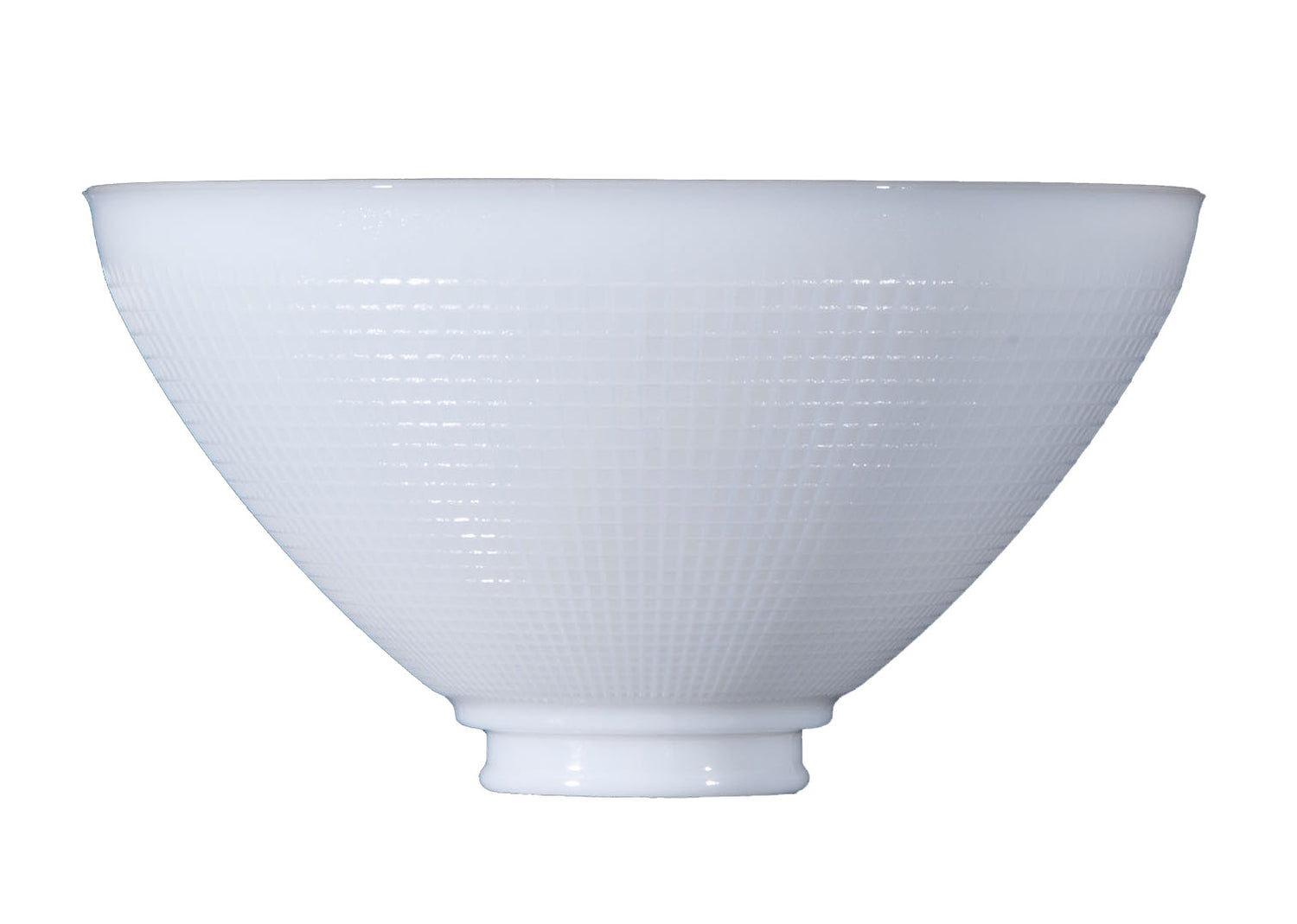Do you have an antique or a vintage lamp that might be quite valuable? Old lamps aren't very hard to come by these days, especially with the surge of interest in antique shops, auctions, estate sales, flea markets, and furniture stores. There are a wide variety of lamps you can purchase, but how can you tell if your lamp is trash or treasure? With over 60 years of experience in the lighting business, Antique Lamp Supply offers the expertise and guidance you need to determine whether your old lamp is indeed a valuable item. In this guide, we reveal some of the obvious clues to look for while inspecting your lamp, as well as some of the most common lamps that are fetching fantastic prices today.
How to Identify Antique Lamps
Before we dive into lamp identification, it's important to explain the differences between antique, vintage, and modern lighting. By industry definition, an antique is a collectible object that has a considerable age of 100 years or more. The term "vintage" is slightly trickier to define, because these furnishing terms are often interchanged to distract from lamp imperfections. If an antique is some collectible that is over 100 years old, a vintage item is bound by the era in which it was manufactured or rose to ubiquity. We often ascribe the term "vintage" to items less than 100 years old but not in reference to items less than 20 years old. Nevertheless, a lamp's age does not correspond to high value. Modern lamps may be worth a fortune as collectibles, depending on the manufacturer or circumstances of their production.
Condition: Examine the overall condition of your old lamp to check for any damages or whether repairs are possible. Damages can reduce the value of a lamp, but they won't necessarily discount the worth of a rare item. If your lamp is electric, try plugging it in to see if it turns on. Unplug the lamp and inspect it for tell-tale signs of hardware repairs and modern updates, such as glued-up cracks, paint-touch-ups, and more. Lamps are often more valuable when left in an original condition with most or all the original parts. Lightly scratch the underside of the lamp surface to determine the type of material it is made from. Some lamps may appear to be made of metal, but they might also be painted to look and feel just like metal. Inspect the lampshade by pinching it between your thumb and index finger. If the shade feels greasy or brittle, there's a good chance that it may be old or the original shade for your lamp.
Manufacturer Label: Lamps manufactured by renowned designers will usually have a company name listed on them somewhere. Some of the most celebrated designers include Handel Company, Tiffany Studios, Duffner and Kimberly, Dirk Van Erp Studio, Edward Miller and Company, Fulper, and Roycroft. If you can't find a decisive label, you can find other clues that will provide insight into the make and model of your old lamp. You may find a dated stamp or maker's hallmark embedded into the base or on the lighting fixture. However, you shouldn't assume that the lamp and shade came as an original pair. Many lampshades are replaced over time. Check lamp guides or available reference books to determine the manufacturer, lamp model, and production year based on any clues you have found.
Accessories: Unbeknownst to many, the value of a lamp's fittings and decorations can be more than the lamp itself. Many lamp finials were made of bone, cinnabar, ivory, jade, pink tourmaline, rose quartz, or other rare materials that are now very expensive. Old bulbs can also be worth more than a lamp. Edison and early Weston bulbs can fetch up to thousands of dollars as collectibles. Last but not least, don't forget about the lampshade. Some of the most iconic shades are made of iridescent Favrile glass and intricate glass mosaics, as well as fabric and parchment.
Are you trying to identify an antique lamp by style? Read our helpful resource: Types of Antique Lamps. This guide explains some of the common lamps and features from the last several centuries, including Argand lamps, Tiffany lamps, and so much more. We offer a wide selection of lamp parts and accessories, so you can restore your lamp regardless of its value.

